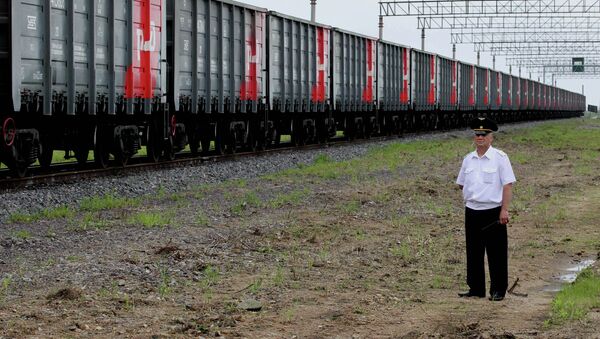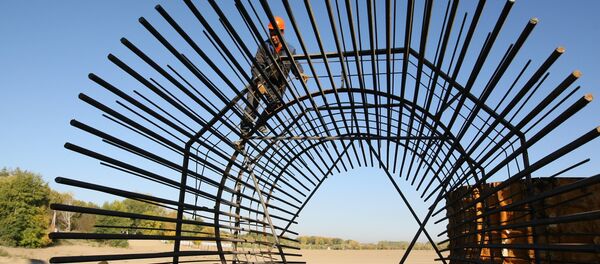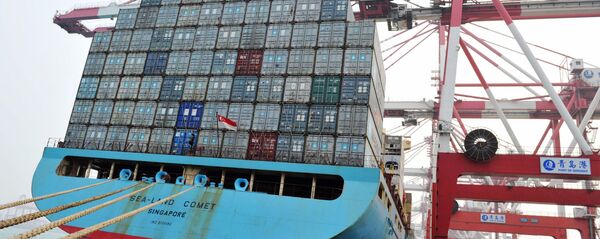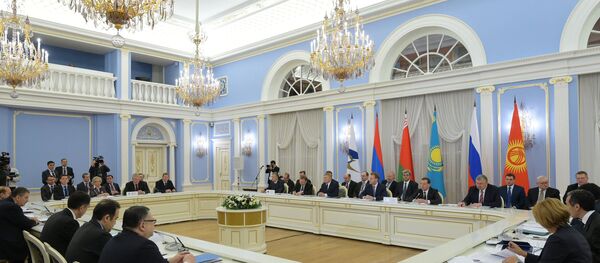The New Silk Road is expected to establish a common economic space across the entire continent. However, the project has also faced criticism.
Opponents say that such an ambitious plan is nearly impossible to implement, taking into account the political and economic differences between the countries involved.
In an interview with Lenta.ru, experts of the Valdai International Discussion Forum shared their thoughts on the significance and prospects of the ambitious project.
"The New Silk Road is a large-scale political and economic initiative with great potential. But so far the project lacks practical and conceptual substance. It needs a plan of practical steps," analyst Timofei Bordachev said.
For instance, China wants to expand the activity of its logistic and construction companies beyond its borders. At the same time, other companies do not want China to bring its companies and workers there. They want China to create regional jobs, helping to boost their economies.
In turn, Russia’s goal is to combine Chinese supply and domestic demand, Bordachev said. Russia should use China’s potential to develop Central Asian economies in a bid to stabilize the region.
Currently, the Eurasian Economic Commission is working on a draft cooperation agreement between the Eurasian Economic Union and China.
"In a long-term perspective, the initiative is likely to be implemented. But all participants should cooperate and take into account the interests of the entire region," he concluded.
Other alternatives, including via the Caspian Sea to Turkey and Georgia, and across Turkmenistan, are currently in planning.
In this situation, Russia should try to take advantage of the existing route, Bezborodov said. If container traffic by the Trans-Siberian Railway increases Russian companies would expand their presence in the market.
It is usually said that sea transportation is less costly than railway transportation. However, the transportation cost by the Trans-Siberian Route from China to Moscow and Eastern Europe is the same as by sea routes, he added.
According to him, each country involved in the project wants to preserve its sovereignty and pursues its own interests.
There are two groups of possible risks for the implementation of the New Silk Road, according to Karneev. The first include political diversity in the region, and differences in interests between China and the other participants. The second group is economic risks. There are concerns over the efficiency of investments in the project.
"I think that finally an interim version of the initial plan will be implemented. This will not be a mega-project. But investments will be made in a number of modernization and transportation programs which would closely tie China to its neighbors and the entire global economy," the expert concluded.






